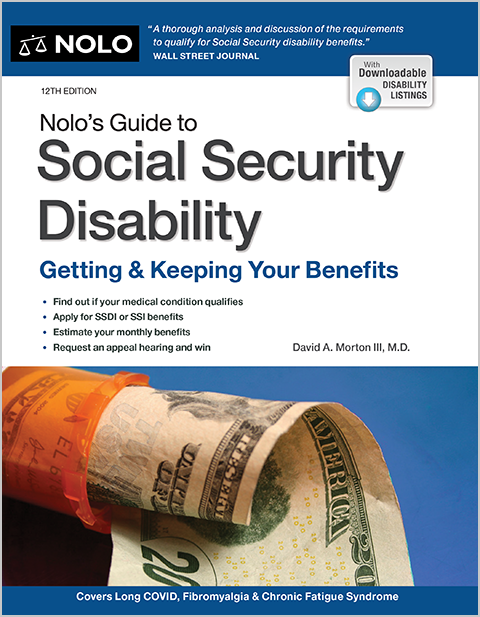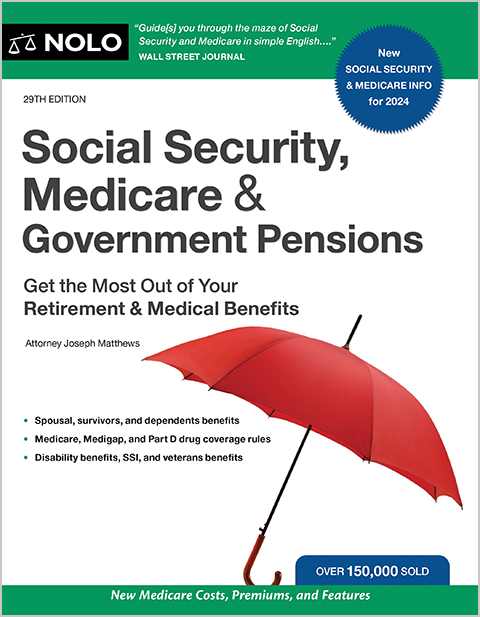Medicare Part D covers some of the costs of prescription drugs you take at home, often for no monthly premium.
Medicare covers some of the costs of prescription medications through "Part D." The Medicare Part D prescription drug benefit is administered through private insurance companies and replaces drug coverage previously provided through medigap plans, many managed care plans, Medicare drug discount cards, and most Medicaid coverage.
But Medicare Part D doesn't make medication free. Most beneficiaries must pay a small monthly premium, a yearly deductible, and a copayment or coinsurance for each prescription.
Paste the following:
Who Is Eligible for Medicare Part D?
Anyone entitled to Medicare Part A (whether actually enrolled or not), or anyone currently enrolled in Medicare Part B, can join Medicare Part D.
Enrollment in Part D is voluntary, except for people who also receive benefits from Medicaid. If you qualify for Medicaid, the government automatically enrolls you in a Medicare Part D plan, through which you'll receive your prescription drug coverage.
Medicare Part D doesn't replace drug coverage through Veterans Affairs, TRICARE, the Federal Employee Health Benefits program, or employer-sponsored drug coverage, if that coverage is equal to what is offered by a basic Medicare Part D plan.
Stand-Alone Part D vs. Medicare Advantage With Part D
Part D drug coverage is available through a stand-alone prescription drug plan (PDP), for those who use traditional Medicare, or as the prescription drug component (called an MA-PD) for those who use a Medicare Advantage managed care plan, which is like an HMO or PPO.
Medicare Advantage plans (also called "Medicare Part C") don't charge a separate monthly premium for Part D, and some waive the Part D deductible. A growing number of Medicare Advantage plans include Part D coverage.
Part D Costs
Most people with a Part D plan pay a monthly premium, a yearly deductible, and a copayment for each prescription. But some plans waive the deductible, and the government provides financial assistance to some low-income Medicare beneficiaries to help with Part D costs. (Some Medicare beneficiaries may qualify for a low-income subsidy (LIS), called Extra Help, to help pay costs associated with Part D plans.)
Part D Premiums
A premium is the monthly amount you pay directly to your prescription drug or managed care plan to maintain your enrollment in Part D coverage. Amounts are typically from about $30 to $50 per month.
People with high income will have to pay a surcharge, which ranges about $10 to $80, depending on income. (To find out the details, see the chart in our article on 2024 Medicare costs.)
Part D Deductibles
The deductible is the amount you must pay out-of-pocket for covered medications before your Part D plan begins contributing. With many plans, the 2024 deductible is $545 per year, which is the maximum allowed. But some plans offer "first dollar" (no-deductible) coverage, which means the plan begins paying its share for an enrollee's first covered prescription of the year (no deductible).
Initial Copayments for Prescriptions
After you pay the deductible (if you have one), your Part D plan pays most of the cost of covered drugs. You're personally responsible for the remainder, known as a copayment, or coinsurance.
Under Medicare's minimum standards, people without a low-income subsidy pay no more than 25% of the prescription cost and the plan pays no less than 75% (after the deductible is met).
Under several circumstances, a Part D plan enrollee might not have to pay the normal copayment for a covered drug. For example:
- People who live in a long-term care nursing facility and who are enrolled in both Medicare Part D and Medicaid have no copayments.
- Some plans waive or reduce copayments for certain drugs, particularly generic versions, to coax people to join that particular plan, but the plan can change this copayment waiver at any time.
- Pharmacies may waive copayments for any drug for an enrollee with a low-income subsidy. The waiver is not automatic; you have to ask for it.
Gaps in Part D Coverage
In addition to the costs discussed above, there are restrictions on prescriptions, as well as a "coverage gap."
Certain Drugs Excluded by Law
Medicare prohibits Part D plans from covering most medicines within certain drug categories, even if lawfully prescribed by a physician. These include:
- barbiturates (certain sedatives)
- benzodiazepines (certain tranquilizers)
- drugs used for weight loss or weight gain, and
- over-the-counter medications.
Some state Medicaid programs, however, continue covering some of these drugs for people who are also enrolled in a Medicare Part D plan.
Coverage Gap
A notorious part of the Part D program has been the coverage gap, popularly referred to as the "donut hole." Before 2020, many plans didn't pay any portion of your drug cost while you were in the donut hole; today, however, there is little difference in what you pay during the donut hole.
For plans that charge lower copays before you get to the donut hole (when you and your insurance company have paid a total of $5,030 in drug costs), things may change when you get to the donut hole. Your plan may charge you a full 25% of the cost of your prescriptions, for both brand-name and generic drugs. When you reach a "catastrophic" level of drug costs ($8,000 in 2023), you won't pay any copayment or coinsurance amount for covered medications.
Choosing a Part D Drug Plan
You should find out which private drug plans are available in your area and then select the best plan for your needs. Coverage under the Medicare Part D prescription drug program isn't handled by Medicare itself. Instead, it's managed by private health insurers and managed health care companies, which offer different plans in different geographic areas.
Most plans have tiered copayments, meaning the copayments differ for generic versus brand-name drugs and for different classes of medications. You'll want to compare the copayment amount under each Part D plan you're considering for each drug you take. You should also determine what the plan's coverage is like before and in the coverage gap. Here are some tips for comparing plans.
Medicare's Plan Comparison Tool
The Centers for Medicare and Medicaid Services (CMS) has a Medicare plan finder that can tell you what plans are available where you live. You can search for:
- stand-alone Part D plans (PDPs)
- combined Medicare Advantage and Part D plans (MA-PDs), or
- Part Ds plan with medigap policies.
Medicare's plan comparison tool can help narrow your options based on the medicines you regularly take and the pharmacy you use. It can estimate your total drug costs and will tell you the plans with the lowest (or no) monthly premiums. Go to the Medicare Plan Finder at www.medicare.gov/plan-compare/.
Before you make a final choice, directly contact any plan that interests you and ask for a complete description of the plan, the drugs it covers, and its costs. They should be able to email you a formulary (list of drugs they cover) and a summary of benefits describing copays for various tiers of drugs and whether there is a deductible. You can get the phone number and address of any plan from the Medicare plan finder.
Gathering Your Documents
Before you search online or contact any agency for help choosing a Part D plan, have the following information handy:
- a list of the drugs you regularly use—including the brand names if you don't use all generics—dosage size and frequency, and current monthly cost
- name and address of your current pharmacy
- whether you currently receive Medicaid benefits, and
- whether you are, or think you might be, eligible for a Part D low-income subsidy.
Getting More Help Choosing a Part D Plan
The State Health Insurance Assistance Program (SHIP), sometimes called the Health Insurance Counseling and Advocacy Program (HICAP), can:
- tell you about the Part D plans available where you live
- identify the plans that cover the drugs you regularly use, and
- give you information about plan costs.
For the nearest SHIP or HICAP office, go to www.shiphelp.org.
Enrolling in Part D
You enroll in a Part D plan by signing up directly with the plan you want to join. Private insurance companies administer each Part D plan using their own enrollment forms and procedures.
If you don't enroll in a plan when you're first eligible for it, your premiums will be higher when you do finally enroll. (Medicare charges an additional 1% premium for each month you delay enrolling). So carefully consider when you will enroll in a Part D plan.


